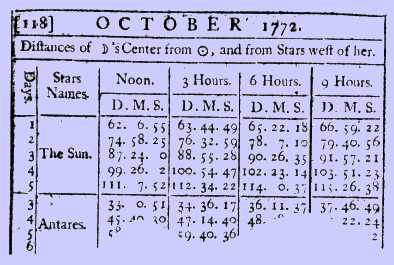


 D Home Glossary F
D Home Glossary F
Revised May 27 2021
Its use is thus described in The Family Doctor of 1909:
"Aromatic sulphuric acid is another name for this, which is often prescribed as an appetizer; sometimes also for diarrhoea, and occasionally for hemorrhages. Dose, ten to fifteen drops, in water; best taken through a glass tube, to prevent its touching the teeth; also, for the same reason, washing the mouth out well with water after it."

 D Home Glossary F
D Home Glossary F